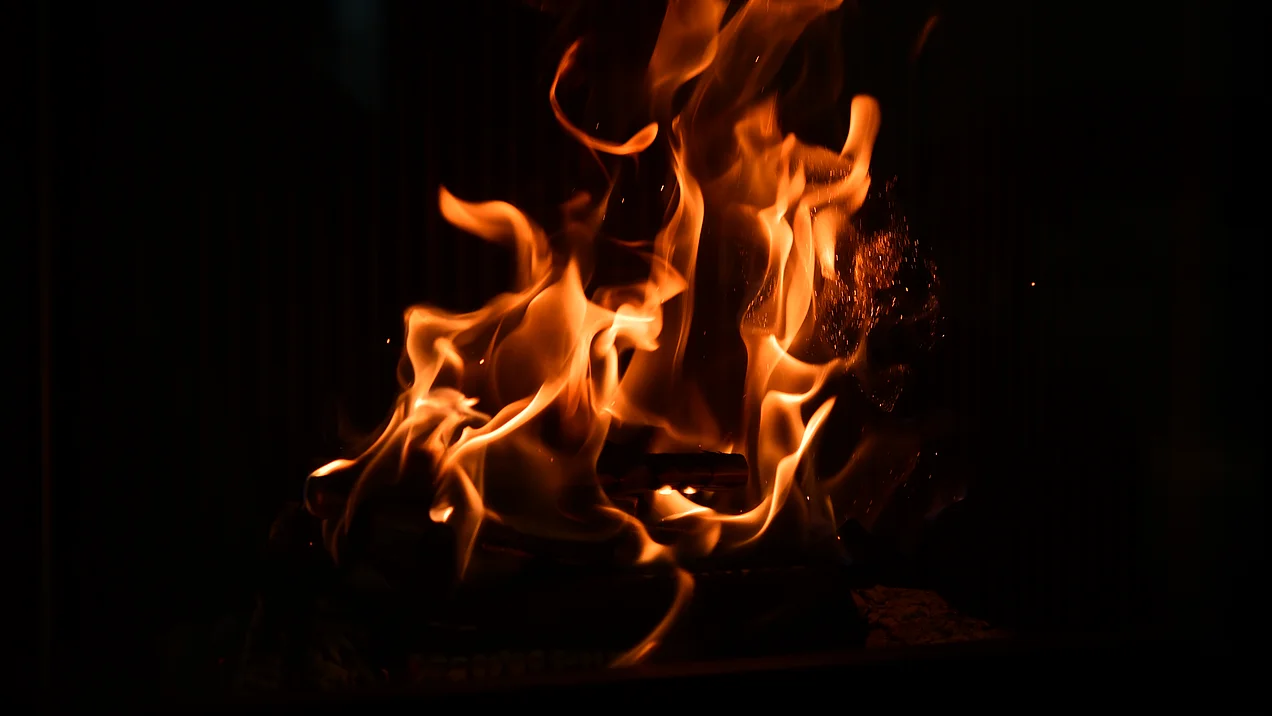
Correct heating - the 1x1 of firing
Smart heating with sustainable energy from wood
This article shows you how to heat responsibly in order to significantly reduce emissions and at the same time get the maximum benefit from your fireplace.
+ Save 30 % firewood
+ Reduce pollutant emissions by 40
+ Guarantee longevity
Learn with us how the right fuel, the optimum air supply and a correctly operated fireplace can increase efficiency. The correct operation of fireplaces and tiled stoves is particularly important, because combustion is most efficient and clean when correct operation is guaranteed. We will quickly and easily provide you with the right know-how for handling our fireplaces and turn you into experts.
What can be incinerated - and what can't?
Optimal fuels
Use natural logs or pressed wood. The logs should be thick enough that you can hold them comfortably with both hands. Store the firewood in a warm place at least one day before use, as cold wood burns worse. Finely split wood ensures a particularly low-soot burn.
Hazardous fuels
Wood chips, waste, waste paper and pallets. Magazines, cardboard, wood from treated disposable and reusable pallets, crates, wood from furniture, leftovers from renovations, demolitions and construction sites emit exhaust gases that attack the system components and harm our health and the environment.
Guide: Storing firewood
To ensure that your wood burns optimally, the residual moisture content should be below 20 percent. The ideal storage period is two to three years in a well-protected, airy outdoor location. Make sure that the wood has no contact with the ground. A suitable shelter protects against rain and moisture, ensures good ventilation and prevents mold or rot.
Effective calorific value per kilogram of wood
The values refer to an average of 5.0 kWh/kg.
Beech wood: 4.0 kWh/kg
Spruce wood: 4.5 kWh/kg
Wood pellets: 4.9 kWh/kg